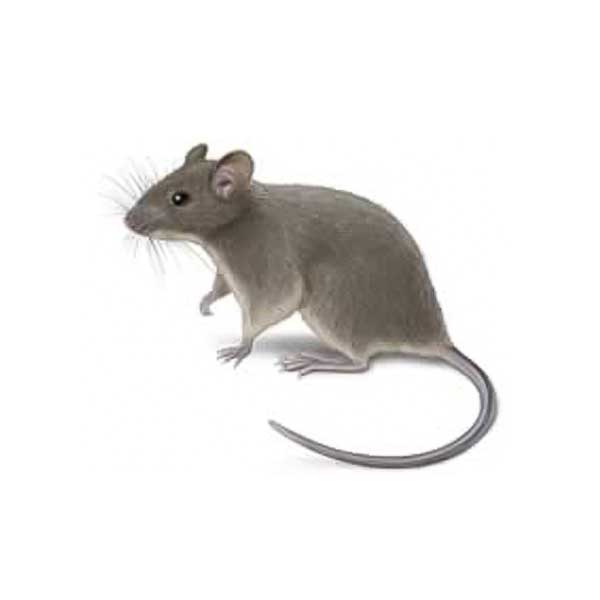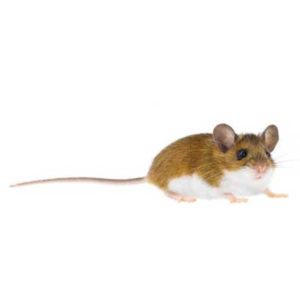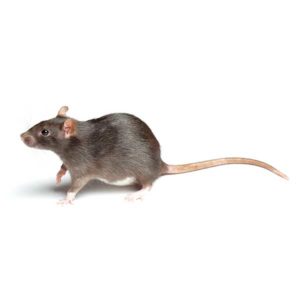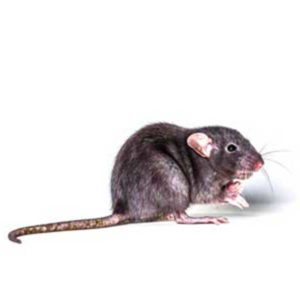House Mice in Suffolk County & Nassau County
The house mouse is found across the United States and ranks as the number one rodent pest in most cities. House mice are commensal, meaning they are generally found living in close association with humans and dependent upon the human habitat for shelter and food. House mice thrive throughout the year and can be found in homes, commercial buildings, open fields, and agricultural lands. They contaminate food meant for humans and pets as they forage, dropping feces and urine along the way. House mice cause considerable damage to structures by chewing through walls and transmit pathogens that cause diseases like salmonella, a form of food poisoning.
House Mouse Habitat
Outdoors, house mice construct nests in fields and beneath trees and shrubs. Indoors, mice will build nests in quiet undisturbed places like wall voids, kitchen cabinets, attics, and garages. Droppings, fresh gnaw marks, and tracks or rub marks indicate areas where mice are active. Nests are made from finely shredded paper or other fibrous material, usually in sheltered locations. House mice have a characteristic musky odor that reveals their presence. Mice are active mostly at night, but they can be seen occasionally during daylight hours.
House Mouse Behaviors, Threats, or Dangers
The house mouse is omnivorous but prefers grains and cereals. House mice contaminate food and are implicated in the transmission of diseases such as salmonella and bubonic plague. The house mouse can cause significant damage to structures by gnawing and tunneling through walls. Mice have also been implicated in the generation of fires and explosions in homes and buildings. Chewed, exposed wires inside walls can spark, causing interior walls to catch fire.
If you have a house mouse infestation in your Suffolk County & Nassau County property, always contact a licensed rodent control company.
Need help with House Mouse control?
House Mouse FAQs
What do house mice look like?
House mice are small rodents with a typical appearance. Here are some key characteristics:
- Size: Adult house mice typically range from 2.5 to 4 inches in length (excluding the tail) and have a tail that can add an additional 2.5 to 4 inches.
- Color: They generally have short fur that can be light brown or gray, but the exact color can vary. The belly is usually lighter than the back.
- Eyes: House mice have small, round, and beady black eyes.
- Ears: Their ears are large in proportion to their head and have a somewhat translucent appearance.
- Tail: The tail is usually hairless and scaly, and it’s about as long as the body. It’s often darker on top and lighter underneath.
- Body Shape: House mice have a relatively sleek and slender body with a pointed snout.
What are the signs of house mice?
Signs of a house mouse infestation include discovering small, dark droppings resembling rice grains near food sources, gnaw marks on packaging or structural materials, and nests made of shredded paper or fabric in hidden corners. Mice may leave tracks, smudges, and urine stains, accompanied by a distinctive musky odor. Listen for nocturnal scratching or rustling sounds. Pets may exhibit heightened interest or hunting behavior. Check for chewed or damaged food packaging, and inspect your home for small holes or entry points where mice can gain access.
What damage do house mice cause?
House mice can cause various types of damage when they infest homes or other structures. Some of the potential issues include:
- Contamination of Food: Mice can chew through packaging to access food, contaminating it with their droppings, urine, and fur. This poses a health risk, as it can lead to the spread of diseases such as salmonellosis.
- Structural Damage: Mice have strong incisor teeth that continually grow, leading them to gnaw on various materials to keep their teeth trimmed. This gnawing behavior can cause damage to walls, insulation, furniture, and electrical wiring. In some cases, this gnawing on wires can lead to electrical fires.
- Health Risks: Mice are known carriers of diseases such as hantavirus, leptospirosis, and lymphocytic choriomeningitis. Their droppings, urine, and saliva can contaminate surfaces and pose health risks to humans.
- Reproduction and Population Growth: Mice reproduce rapidly, with a single pair capable of producing dozens of offspring in a short period. A small infestation can quickly turn into a large one, exacerbating the damage and health risks.
- Odor Issues: The musky odor associated with mouse urine can permeate the affected area, leading to unpleasant living conditions.
How do you prevent house mice?
Preventing a house mouse infestation involves making your home less attractive to these rodents and blocking their potential entry points. Here are some preventive measures:
- Seal Entry Points: Mice can squeeze through very small openings. Seal any gaps or cracks in walls, floors, and foundations with caulk or steel wool. Pay attention to areas around pipes, vents, and windows.
- Keep Food Secure: Store food in airtight containers made of metal or plastic. This includes pet food, which should be stored in sealed containers. Avoid leaving food out overnight.
- Regular Cleaning: Keep your home clean and free of crumbs, spills, and clutter. Regularly vacuum and sweep floors, and clean countertops and storage areas. Mice are attracted to food remnants.
- Proper Waste Management: Dispose of garbage regularly and use trash cans with tight-fitting lids. Ensure that outdoor trash bins are secure.
- Remove Clutter: Reduce hiding places for mice by minimizing clutter in storage areas. Keep storage spaces organized and clean.
How do I get rid of house mice?
While traps can be a DIY approach to dealing with house mice, seeking professional services is often a more effective and comprehensive solution. Pest control professionals not only have access to advanced trapping methods but also employ a range of strategies tailored to your specific situation. They can conduct a thorough inspection to identify entry points, nesting areas, and the extent of the infestation. Professionals utilize industry-grade products and treatments that are more potent and targeted than over-the-counter options. Moreover, they can implement preventive measures to ensure that mice don’t return, addressing potential vulnerabilities in your home. When it comes to mouse control, the expertise and resources provided by professionals significantly increase the likelihood of a successful and long-lasting resolution.
Can house mice hurt me?
While house mice are generally not aggressive toward humans, they can pose health risks. Mice can carry diseases such as hantavirus, leptospirosis, and salmonellosis, which can be transmitted to humans through contact with their droppings, urine, or saliva. Additionally, their constant gnawing on various materials may result in property damage and, in rare cases, electrical fires if they chew through wiring. While direct harm from a mouse bite is uncommon, the potential for health hazards and property damage underscores the importance of promptly addressing and preventing mouse infestations in your living spaces.




